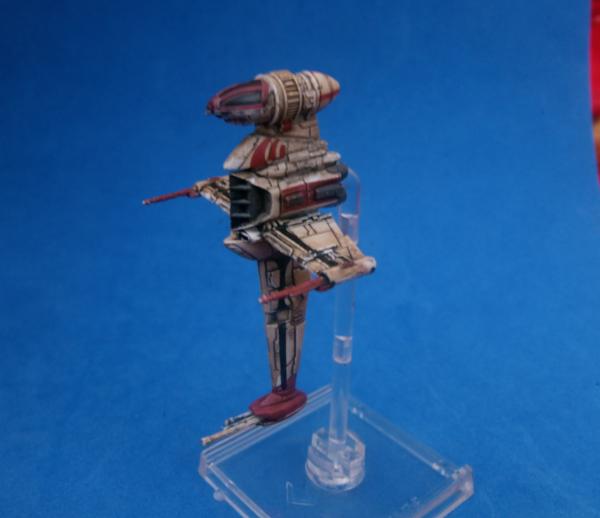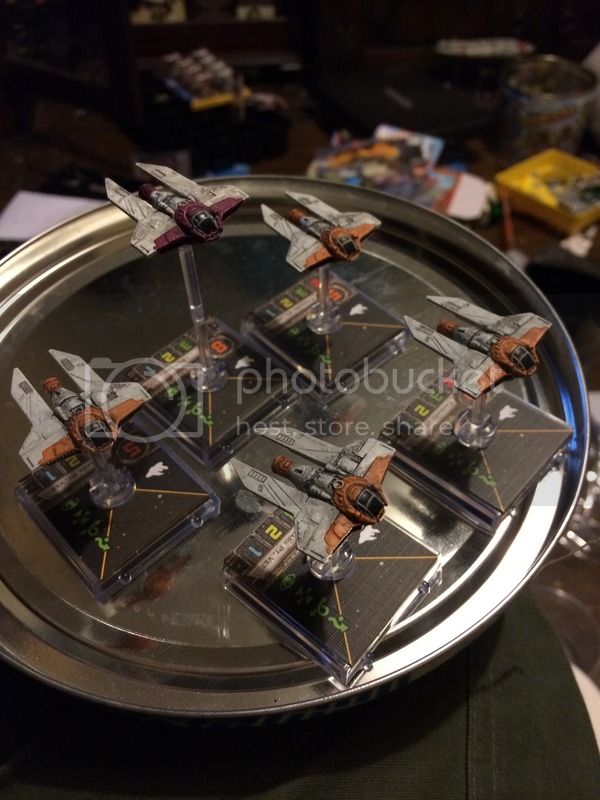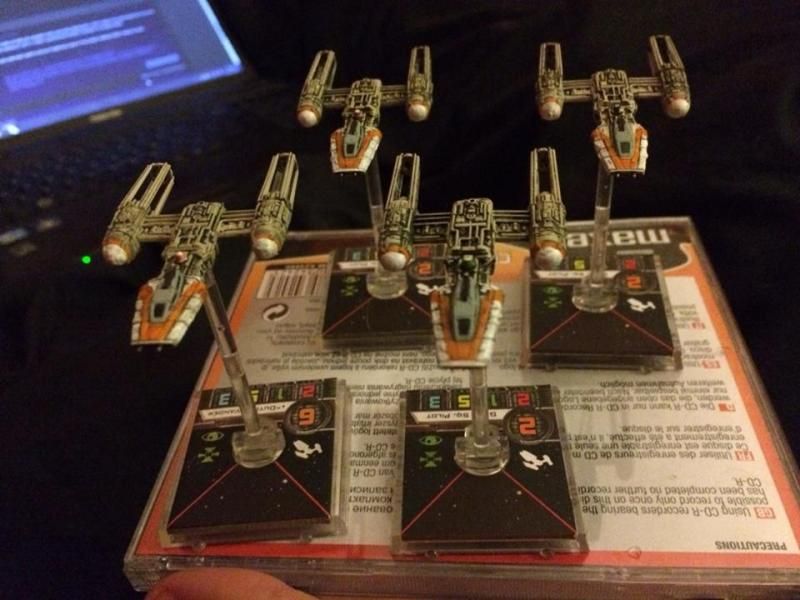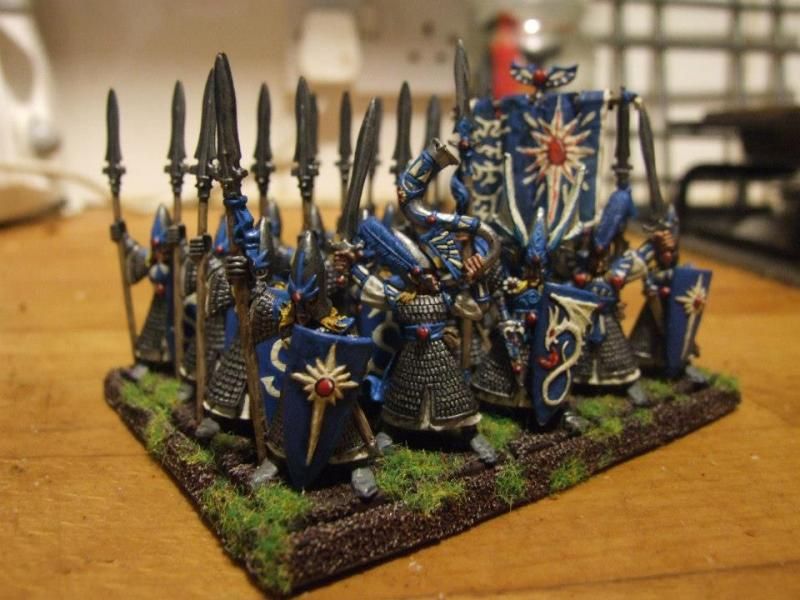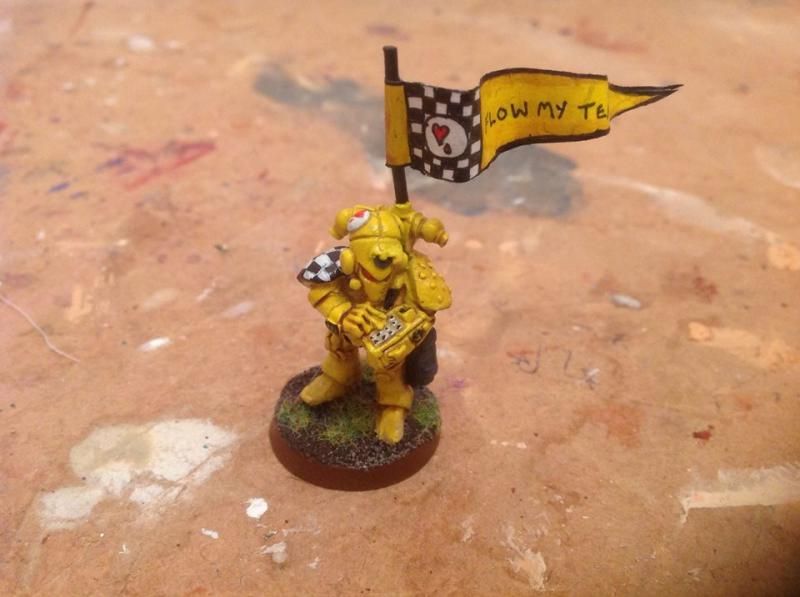So, I've never played a miniatures game before and have really gotten the X-Wing bug. Looking at some of the pictures of how people have customized their ships is really impressive but I have (literally) no idea where to start. I have googled the subject and found a few ok guides , but nothing that really starts at the basics and was hoping someone could answer some basic questions.
1. What brand of paints should I use? I have read "Citadel" a few times but would love recommendations on what works really well on X-Wing miniatures
2. What colors should I start with? I don't have endless pockets so don't want to buy a collection but if I'm looking to start by weathering and adding different highlights, what should I get? A red, a white, a gray? Any shades you guys have used that you'd specifically call out?
3. Do I need to add a coat when done, or is that dependent on the paints? I've read Testors a few times, is that the 'best' brand for this?
4. Do I need to clean/prep the models first?
5. Are there some brushes that are better for this than others? Which ones should I start with?
6. I don't have a LGS and don't know of a model shop close by so would be looking to buy online and would love recommendations on different sites.
If anyone has a guide they think is very strong, I'd love to see that.
Thanks in advance,
Inspired Monkey
Edited by MonkeyInSpace